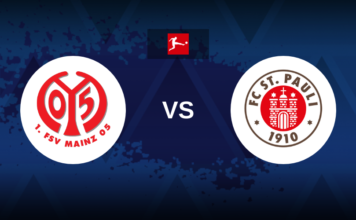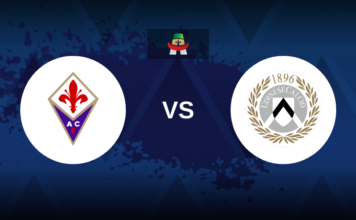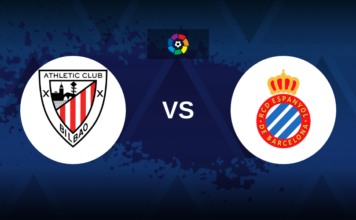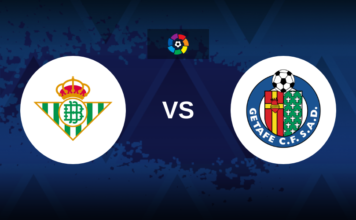Every few months, a video from the United States soccer scene goes viral.
These videos show organized fans singing, waving flags, and marching to stadiums, displaying a level of passion and organization often associated with Europe or South America. Yet, these clips often evoke a mixed reaction online—admiration from some, derision from others.
The rise of ultra culture in the U.S. is both surprising and inevitable. While American soccer fandom is often dismissed by traditionalists abroad, the U.S. is quietly building its own unique fan culture, blending international influences with a distinctly American flair.
A Growing Movement
Take Austin FC, for example. Their supporters’ group, Los Verdes, exemplifies the energy and creativity of U.S. ultras. Before games, they march to the stadium with banners, pyrotechnics, and drums, creating an electric atmosphere. Their inclusive stance, highlighted by rainbow flags and slogans like “Don’t Mess with Trans Texans,” sets them apart from many of their European counterparts.
Similarly, LAFC’s 3252—a nod to the number of seats in their North Stand—has gained global attention for their passion. Inspired by Borussia Dortmund’s famous Yellow Wall, the 3252 has borrowed traditions while infusing them with a multicultural identity reflective of Los Angeles’ diversity.
These groups demonstrate that ultra culture is not just a European import but a movement reshaped to fit the American landscape.
Challenges and Backlash
Despite the vibrancy of this movement, U.S. ultra culture faces skepticism and resistance, both domestically and internationally. Critics on social media mock it as inauthentic or corporate, citing instances like fans mimicking English accents or overly scripted displays.
There’s also tension between ultras and league authorities. MLS, aiming to market a family-friendly product, enforces strict regulations on fan behavior. Pyro inside stadiums is banned, political banners are prohibited, and groups violating these rules risk losing their official status.
Portland Timbers fans were famously barred from displaying the anti-fascist Iron Front flag, sparking a backlash that included public support from basketball legend Kareem Abdul-Jabbar. Similar controversies have arisen with groups like Toronto FC’s Inebriatti and LAFC’s 3252.
A Different Kind of Ultra Culture
The backlash from traditional ultras and hooligan communities abroad often stems from the differences in American fan culture. In Europe, ultra movements are deeply tied to working-class roots and anti-authoritarian sentiments. In contrast, U.S. soccer fans often come from middle-class backgrounds and are more progressive in their outlook. Female capos and rainbow flags are common sights, creating a more inclusive atmosphere than in many parts of Europe.
While some view this as a lack of authenticity, others see it as a fresh and modern evolution of fan culture.
A Balancing Act for Growth
American soccer needs its ultras. These passionate supporters bring energy, atmosphere, and authenticity to a league often criticized for being overly commercialized. However, as the movement grows, it will demand greater freedom and recognition, challenging MLS to balance its corporate ambitions with the grassroots energy that ultras provide.
The rise of ultras in U.S. soccer shows no signs of slowing down. From the MLS to lower leagues, organized supporter groups are carving out a space for themselves, shaping a vibrant and inclusive fan culture that’s here to stay.
And while some might mock or misunderstand it, this movement is a testament to the growing influence of soccer in America—a sport that’s finally finding its voice and identity on the global stage.







